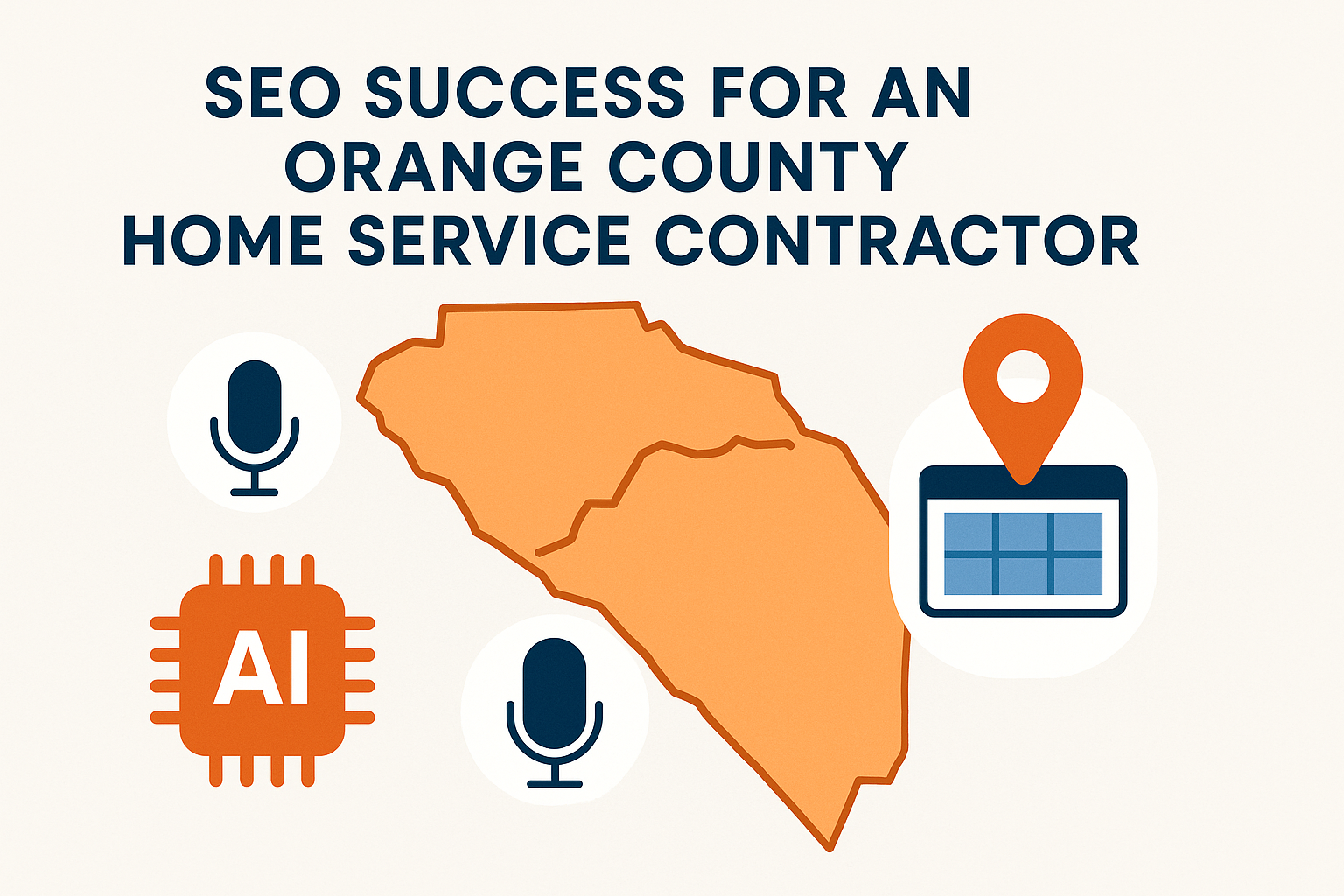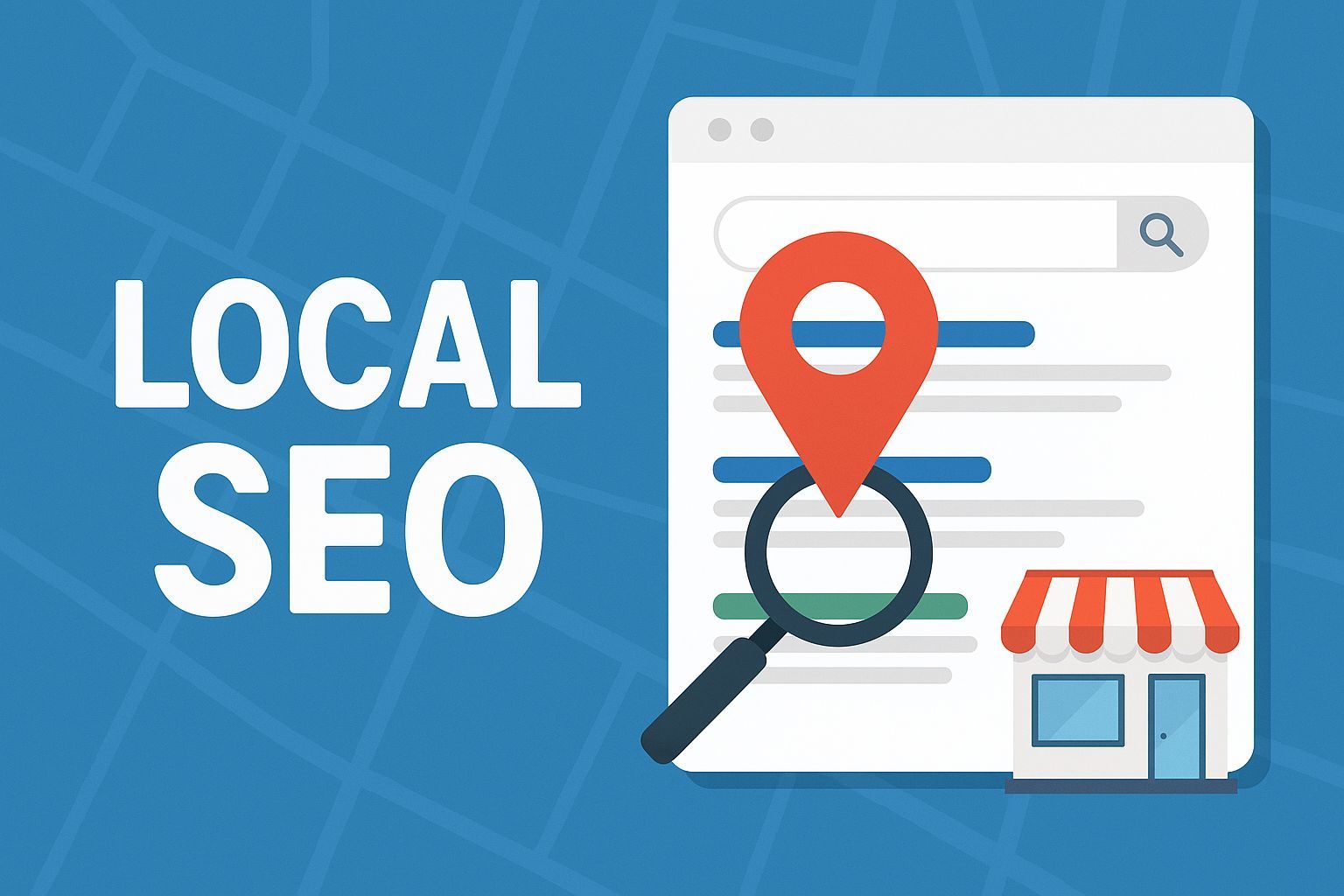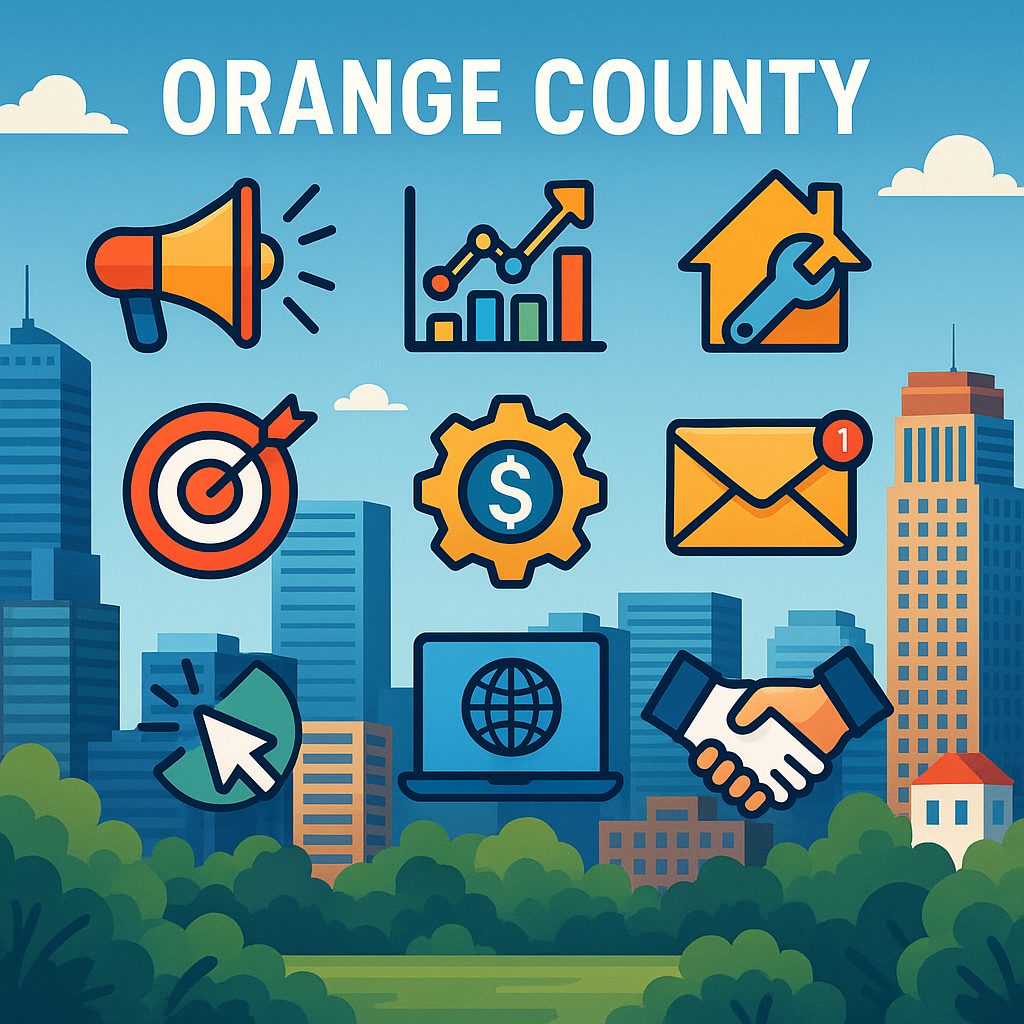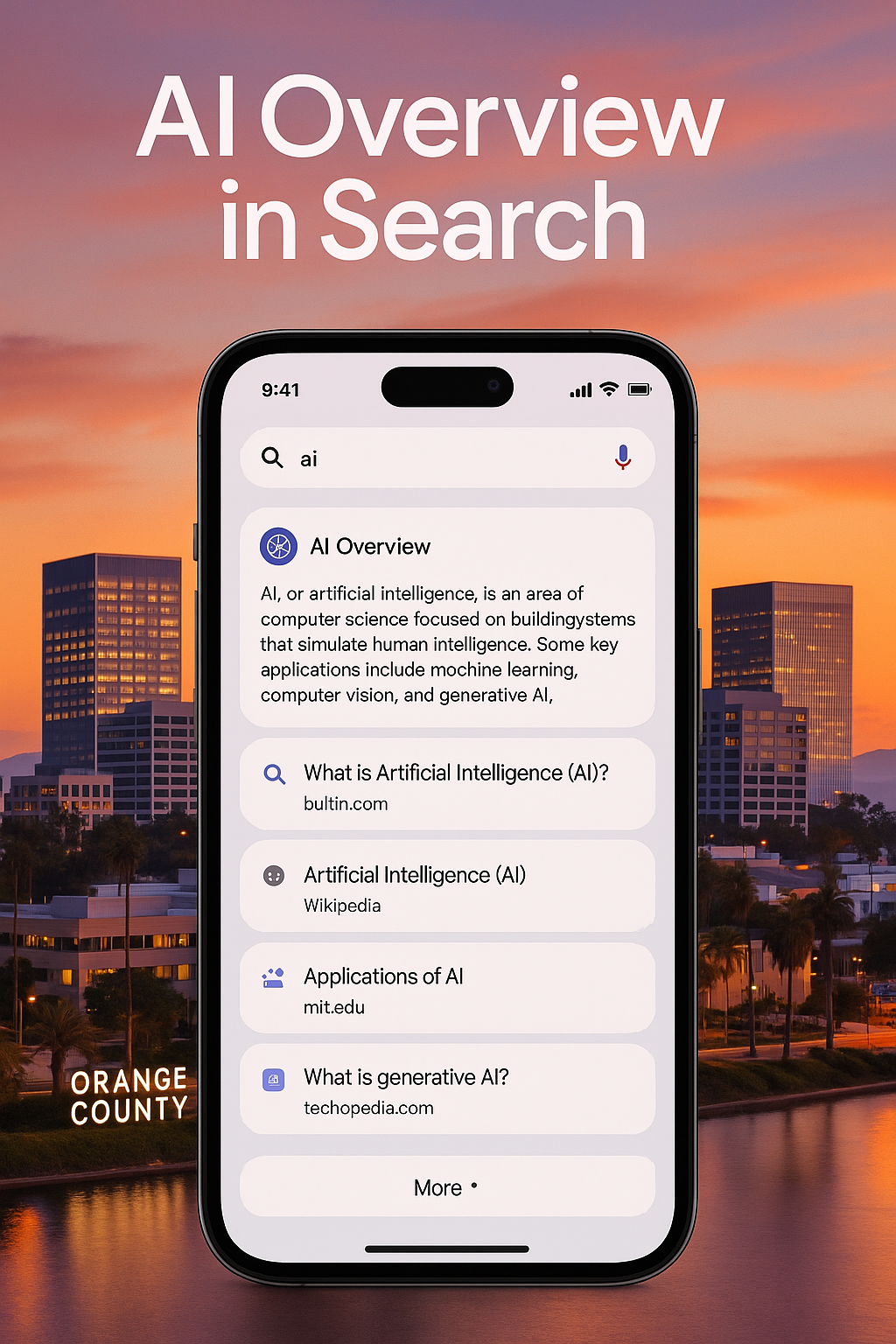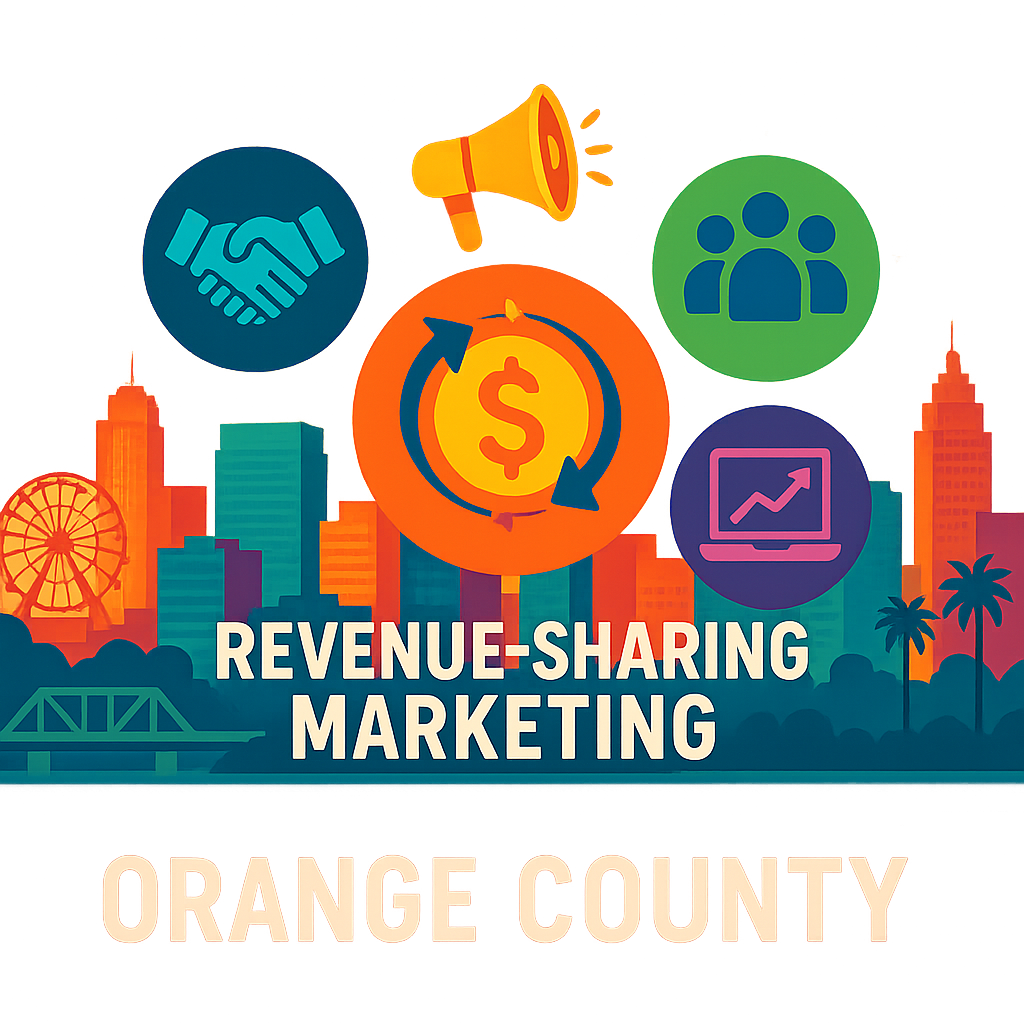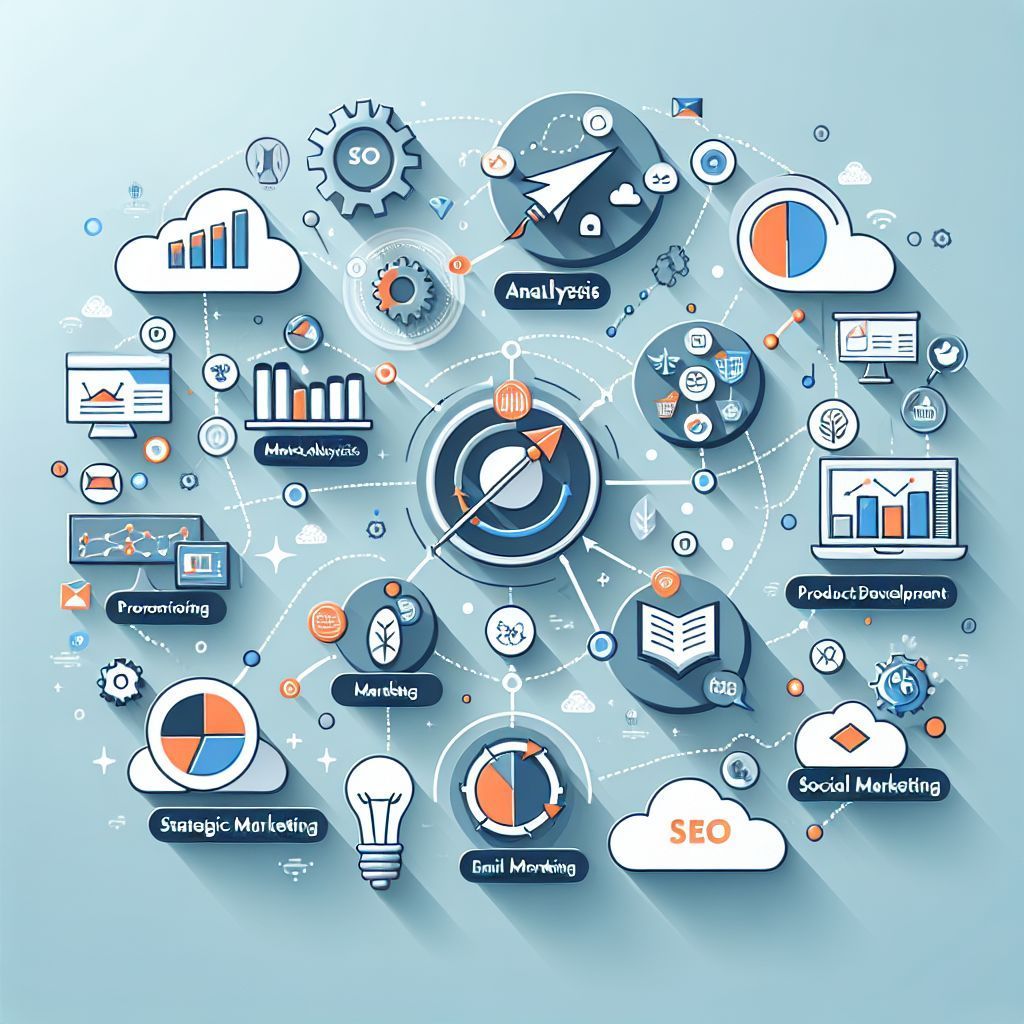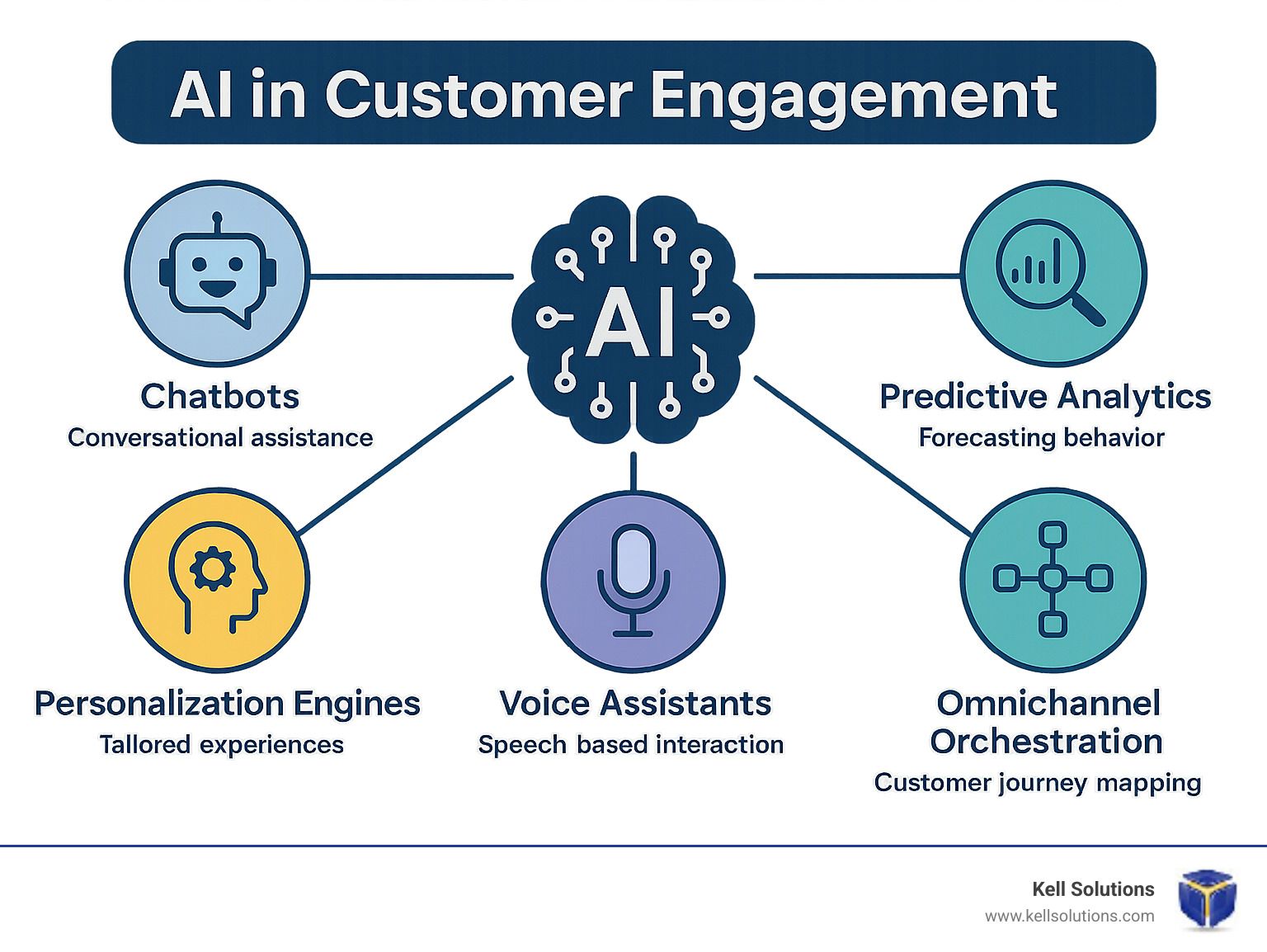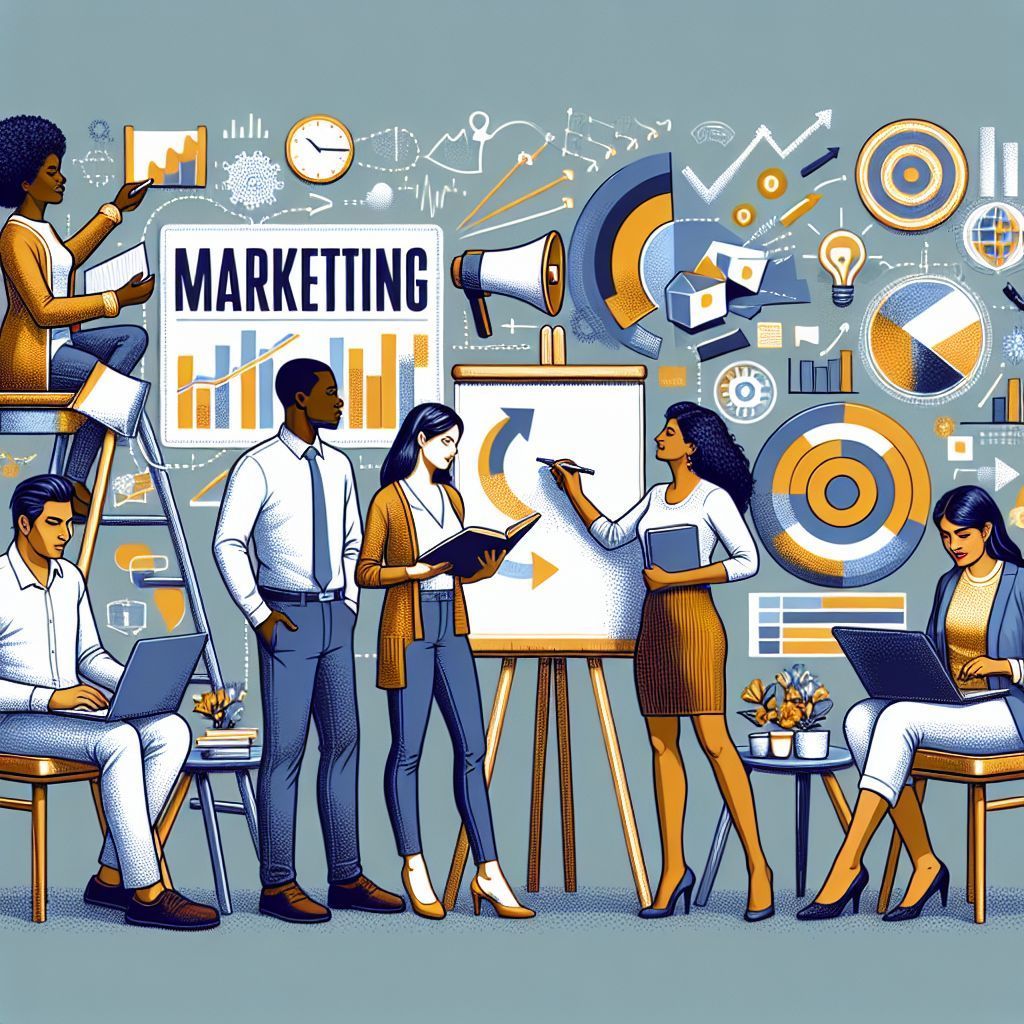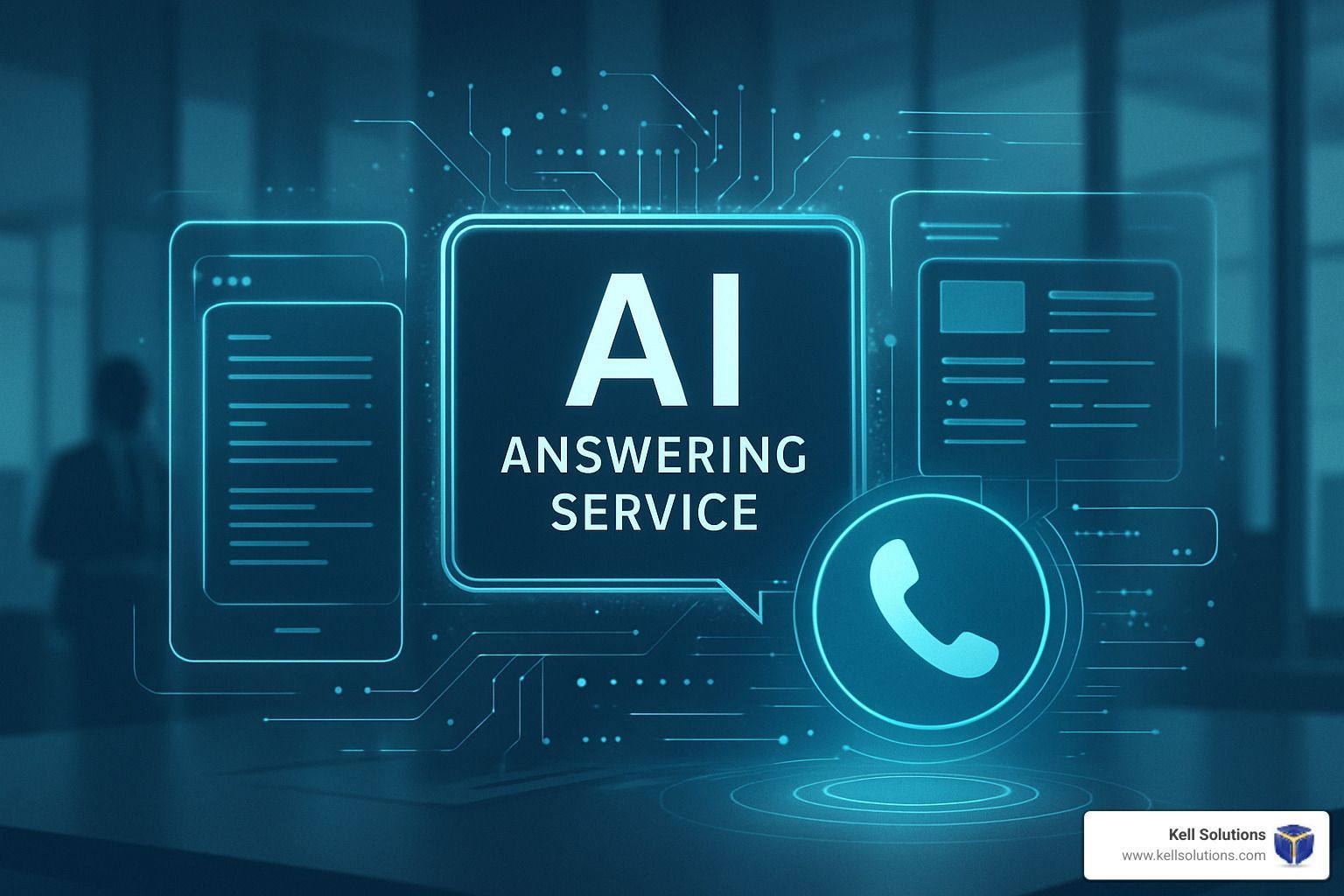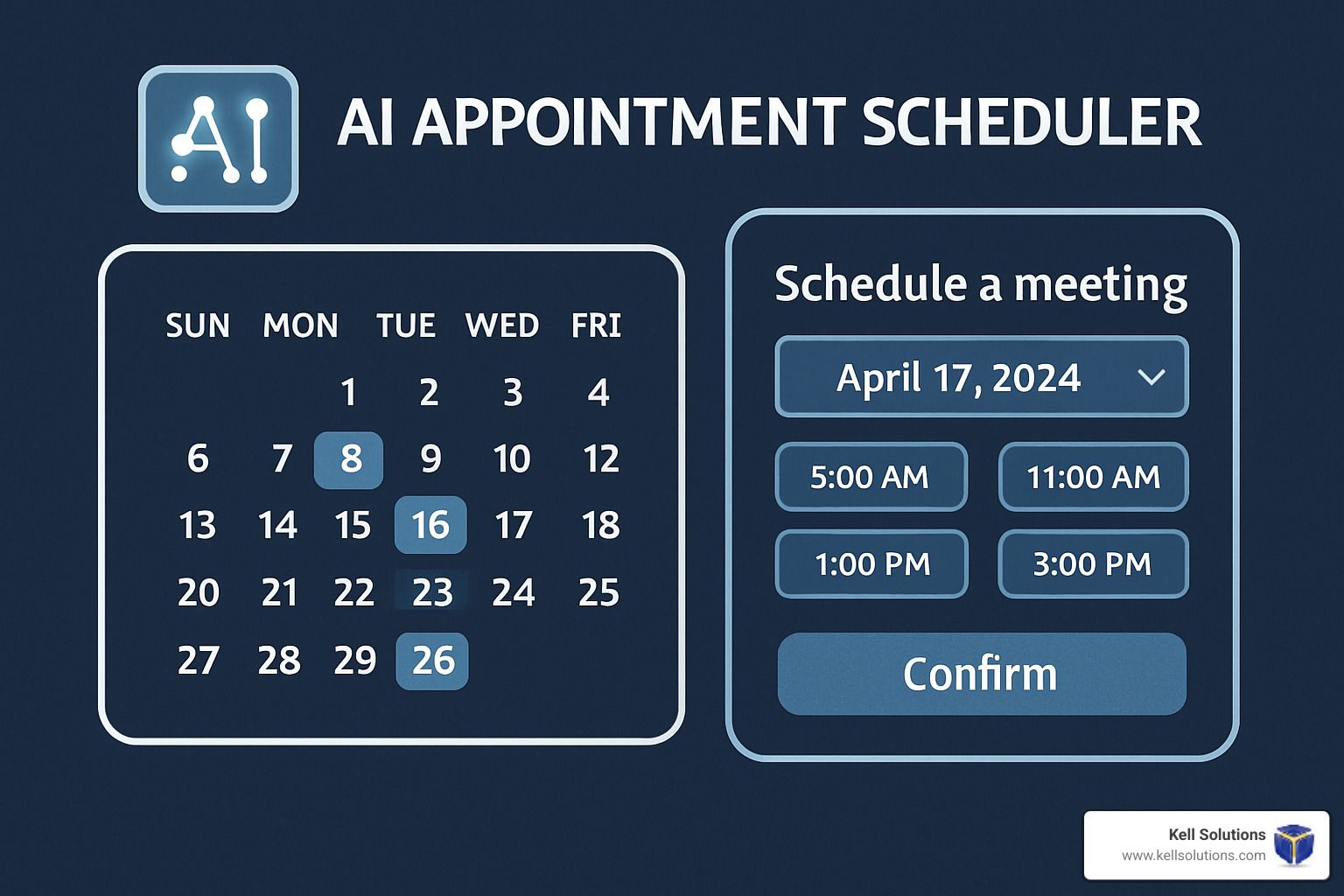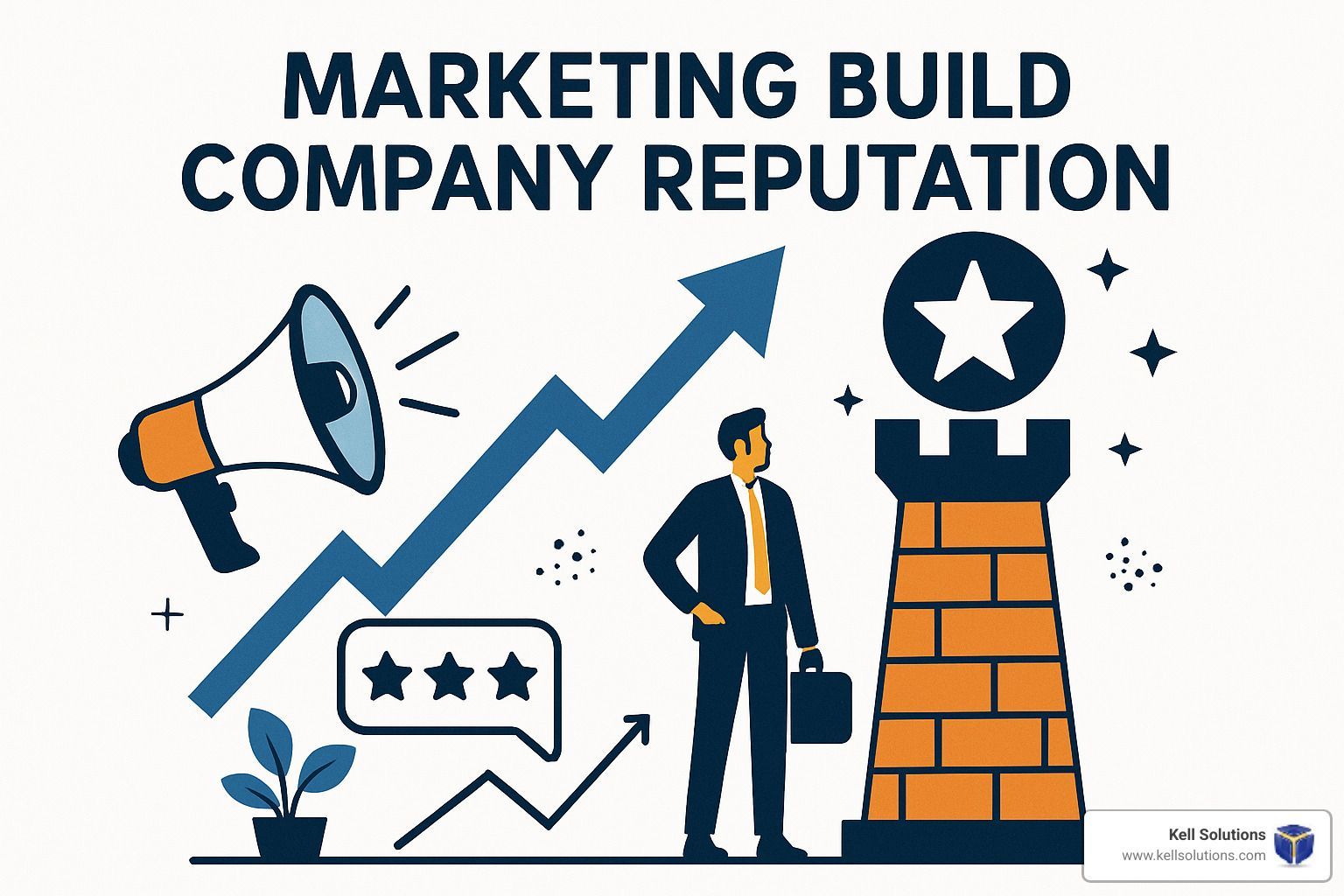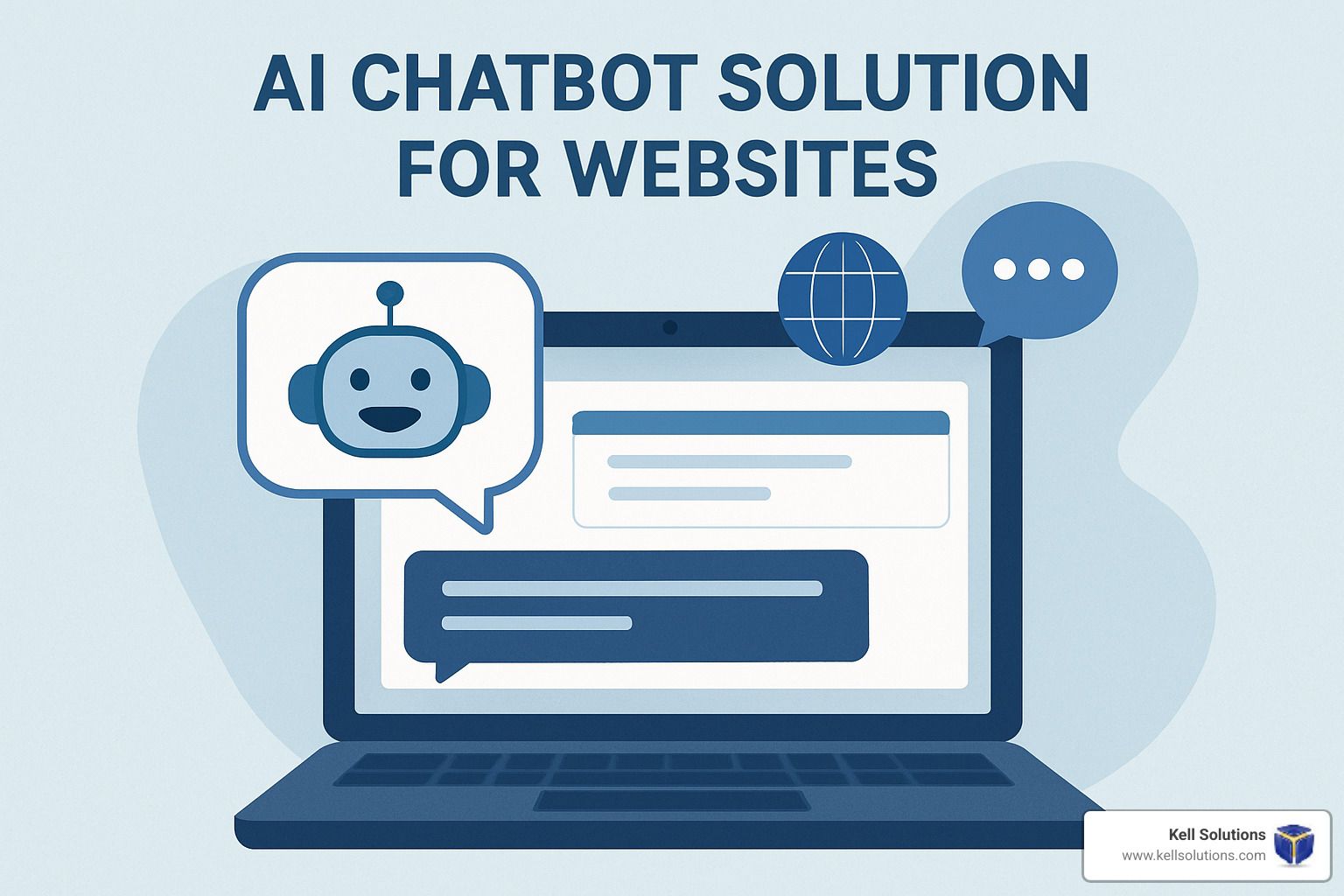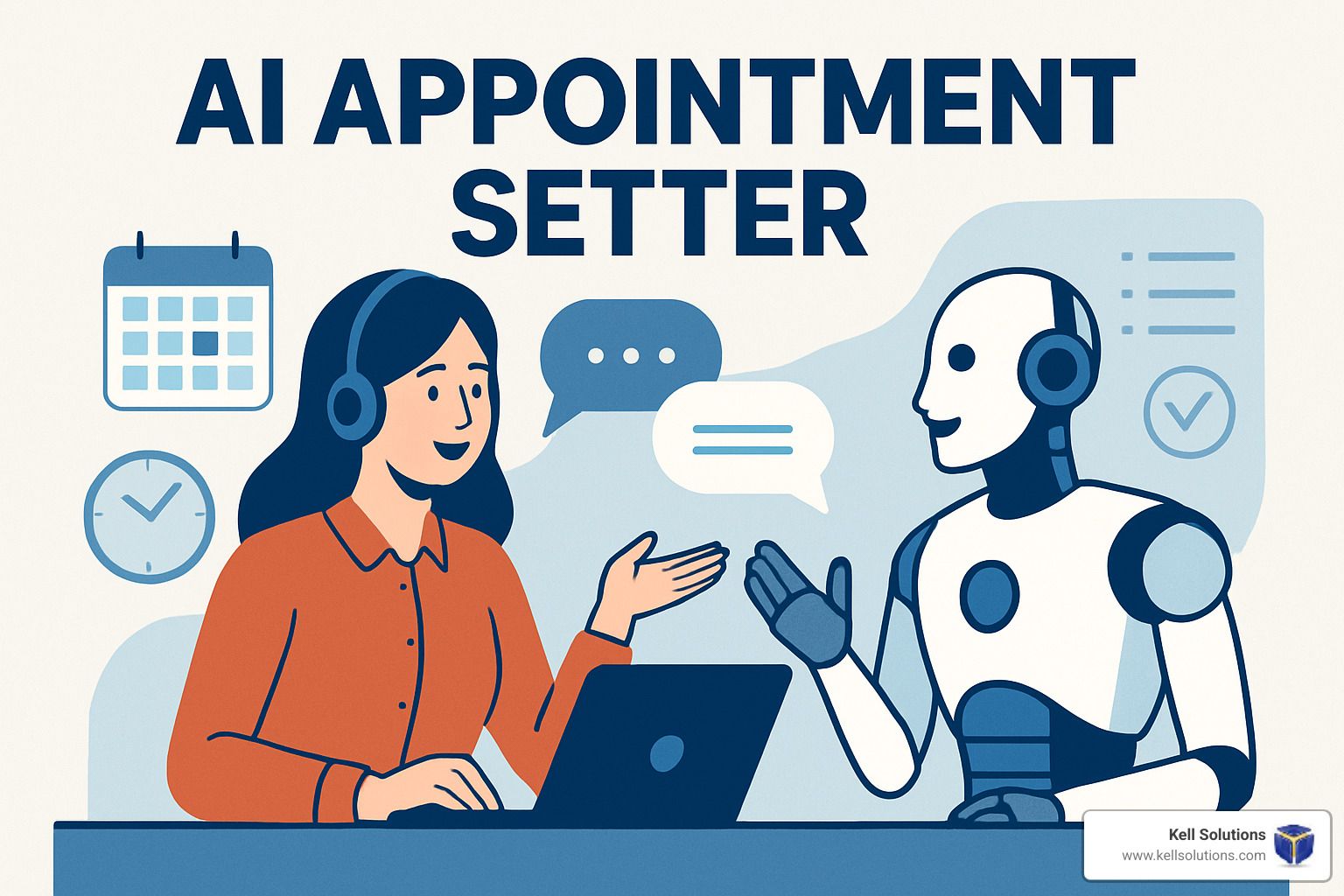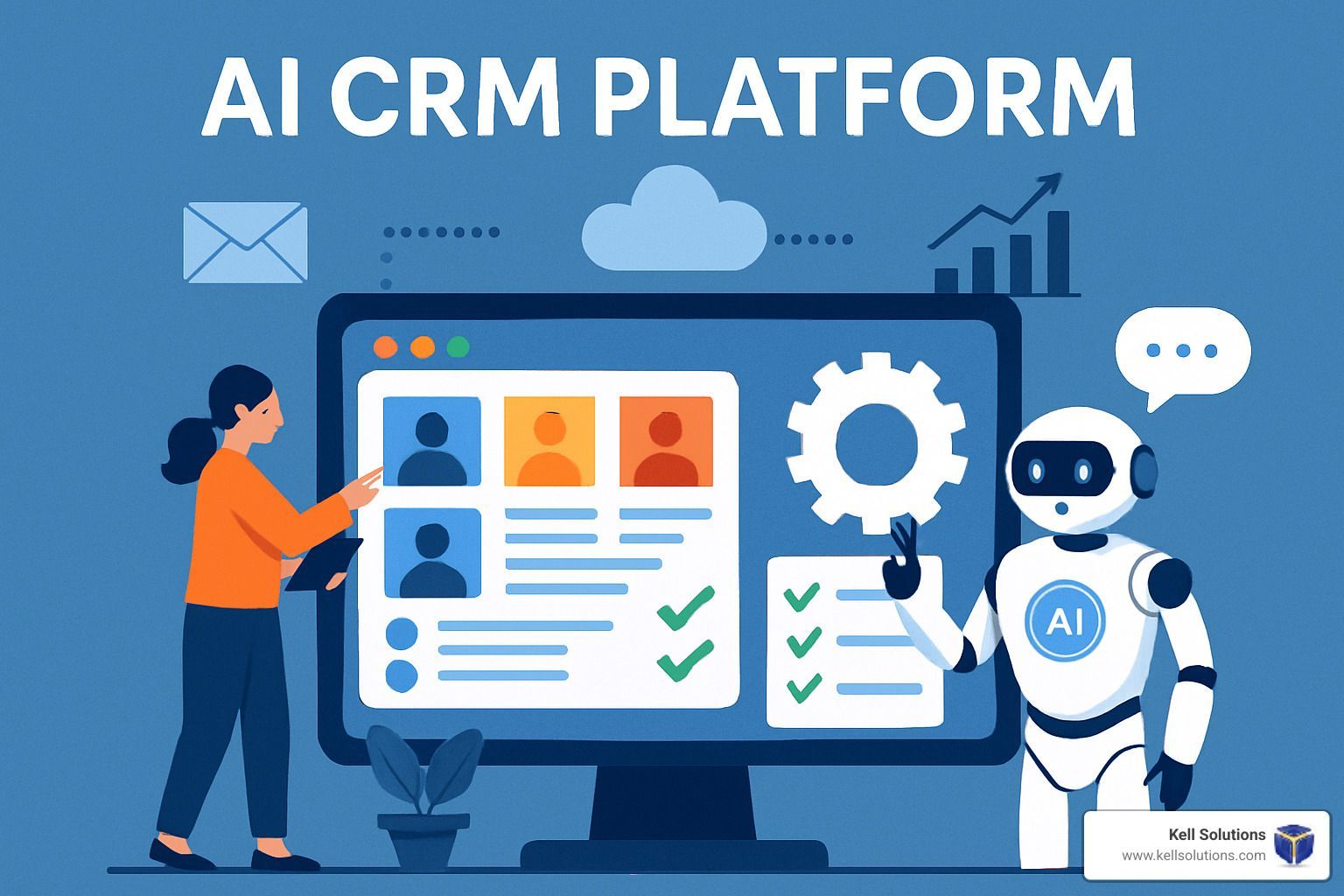AI Personalization Tools & Tailored Customer Experience Solutions
Increasing Loyalty and Sales

Key Takeaways
- AI personalization tools deliver an impressive $9.20 ROI for every $1 invested while increasing conversion rates by 75% compared to traditional approaches.
- Companies implementing AI personalization see a 63% increase in customer lifetime value and 92% improvement in Net Promoter Scores.
- Three essential categories of AI personalization solutions include predictive engagement engines, generative content platforms, and omnichannel orchestration systems.
- Leading brands like Sephora and JPMorgan Chase have achieved 39% larger basket sizes and 33% higher acceptance rates through strategic AI personalization.
- PersonalizationPro's integrated solution suite helps businesses implement AI-driven experiences that balance hyper-personalization with privacy compliance.
The gap between what customers expect and what they actually experience has never been wider. By 2026, Gartner predicts 78% of all customer interactions will be guided by AI personalization, yet most companies still rely on outdated segmentation methods that fail to deliver truly individualized experiences.
Modern consumers demand experiences that feel designed exclusively for them - across every touchpoint, device, and stage of their journey. The companies winning today's customer experience battles aren't just collecting data; they're using sophisticated AI personalization tools to transform that data into meaningful moments that build loyalty and drive revenue. PersonalizationPro's cutting-edge platform enables businesses to bridge this critical experience gap through intelligent, contextual personalization that respects privacy while delivering measurable results.
The Gap Between Customer Expectations and Your Current Experience
Today's customers expect personalized experiences by default. According to McKinsey, 71% of consumers expect companies to deliver personalized interactions, and 76% get frustrated when this doesn't happen. Yet only 13% of organizations have the technology infrastructure to effectively deliver personalization at scale. This disconnect creates a significant opportunity for businesses willing to invest in advanced AI personalization tools seeking to implement Business Automation with AI.
Why One-Size-Fits-All Customer Experiences Are Killing Your Conversions
Generic customer experiences are the silent conversion killers lurking in your marketing strategy. When everyone receives the same message, offer, or journey, you're essentially gambling that a single approach will somehow resonate with thousands of unique individuals. This outdated strategy ignores the fundamental truth that each customer arrives with different needs, contexts, and intentions.
The data speaks volumes about this approach's ineffectiveness. Generic experiences convert at rates 73% lower than personalized ones. Even more concerning, they create a forgettable brand impression that fails to establish emotional connections necessary for repeat business.
Consider how different your own buying behavior is from just five years ago. The convenience, relevance, and seamlessness offered by industry leaders has permanently raised the bar for all customer experiences. When competitors are delivering tailored journeys that anticipate needs before customers express them, generic approaches simply can't compete.
The 73% Conversion Rate Difference Between Personalized and Generic Experiences
The conversion gap between personalized and generic customer experiences has reached a staggering 73%, according to McKinsey's 2025 Personalization ROI Report. This isn't a minor performance tweak – it represents a fundamental shift in how successful businesses approach customer engagement. Organizations implementing AI-driven personalization see average conversion rates of 8.9% compared to just 5.1% for those using traditional methods. This dramatic difference stems from AI's ability to deliver precisely the right message, offer, or content piece at exactly the right moment in the customer journey.
How Customer Lifetime Value Drops Without AI-Driven Personalization
Customer lifetime value (CLV) suffers a significant 63% reduction when businesses fail to implement AI-driven personalization strategies. The numbers tell a compelling story: companies leveraging advanced personalization tools achieve average CLVs of $1,450 compared to just $890 for those using conventional approaches. This value erosion happens through multiple mechanisms – higher churn rates, decreased purchase frequency, smaller average order values, and missed cross-selling opportunities. When customers feel anonymous and undervalued, their loyalty weakens and their spending patterns reflect this emotional disconnection.
The Competitive Disadvantage of Manual Personalization Methods
Manual personalization methods create significant competitive disadvantages in today's high-velocity markets. While rule-based personalization seemed innovative just a few years ago, it now represents a severe operational limitation. Marketing teams using manual methods spend an average of 18 hours per week managing personalization rules that quickly become outdated and unmanageable. Meanwhile, their AI-equipped competitors deploy self-optimizing systems that continuously improve through real-time learning, processing over 450,000 customer events per second to refine personalization models automatically.
The operational efficiency gap becomes particularly evident in multi-channel environments. Manual approaches struggle to maintain consistency across touchpoints, creating disjointed experiences that frustrate customers. By contrast, AI personalization systems orchestrate seamless experiences across channels, devices and time – recognizing customers regardless of where they appear in your ecosystem.
3 Types of AI Personalization Tools Revolutionizing Customer Experiences
AI personalization tools fall into three distinct categories, each serving different aspects of the customer experience ecosystem. Understanding these categories helps organizations build comprehensive personalization architectures rather than implementing disconnected point solutions. The most effective strategies typically combine elements from all three categories to create seamless, consistent experiences.
Organizations implementing a complete AI personalization strategy report 4.8x faster decision-making cycles and 92% improvements in personalization relevancy scores. This comprehensive approach transforms personalization from a marketing tactic to a core business infrastructure that drives value across departments.
1. Predictive Engagement Engines (Adobe Target, Dynamic Yield)
Predictive engagement engines form the intelligence backbone of modern personalization stacks. These systems continuously analyze customer behaviors across touchpoints to anticipate needs and determine optimal next actions. Adobe Target, powered by Adobe Sensei AI, processes real-time behavioral data across 14+ channels to achieve 89% accuracy in next-best-action predictions. Similarly, Dynamic Yield's platform leverages contextual analysis to deliver personalized recommendations that have increased average order values by 23% for clients like McDonald's and IKEA.
These engines excel at recognizing patterns too complex for human analysis, such as subtle behavioral signals that indicate purchase intent or churn risk. They transform raw interaction data into actionable engagement opportunities by predicting which content, offers, or experiences will resonate with each individual customer. Learn more about the evolution of AI personalization tools in redefining customer experience management.
2. Generative Content Platforms (Insider's Sirius AI, Personyze)
Generative content platforms represent the creative element of the AI personalization ecosystem. These tools automatically produce personalized content variations at scale, eliminating the production bottleneck that traditionally limited personalization efforts. Insider's Sirius AI generates personalized marketing copy and images through GPT-4 integration, reducing campaign production time from 3 weeks to under 48 hours while maintaining brand consistency. Personyze creates dynamic content components that assemble in real-time based on individual user profiles, delivering truly 1:1 experiences without requiring manual creation of content variants.
The true power of these platforms emerges when they're integrated with predictive engines, creating systems that both know what to say and how to say it for maximum impact with each customer. This combination has enabled businesses to scale personalization across millions of customers without proportionally increasing marketing resources.
3. Omnichannel Orchestration Systems (Braze, Salesforce Einstein)
Omnichannel orchestration systems coordinate personalized experiences across channels and touchpoints, ensuring consistency throughout the customer journey. Braze's Canvas platform orchestrates cross-channel messaging flows that adapt in real-time to customer behaviors, resulting in 30% higher retention rates for clients like Grubhub and HBO. Salesforce Einstein Journey Orchestration connects online and offline touchpoints through its unified customer data platform, creating seamless transitions between digital interfaces and human interactions.
These systems solve one of personalization's greatest challenges: maintaining consistent, contextually relevant experiences regardless of how customers engage with your brand. By centralizing decisioning while distributing execution, orchestration platforms ensure that personalization feels coherent rather than disjointed across touchpoints.
How Leading Companies Implement AI Personalization for Measurable Results
Market leaders across industries have transformed their customer experiences through strategic AI personalization implementations. Their approaches demonstrate both the versatility and effectiveness of these tools when deployed with clear business objectives. What separates successful implementations from failed ones is typically not the technology itself, but how it's applied to solve specific business challenges
These case studies illustrate the practical application of AI personalization tools in real-world contexts, providing valuable implementation frameworks that can be adapted across industries. The most successful organizations view personalization not as a marketing tactic but as a business strategy that drives value across departments.
Retail Success: Sephora's 39% Increase in Basket Size
Sephora's AI Beauty Advisor analyzes 48 facial landmarks to recommend makeup shades perfectly matched to each customer's unique features. This hyper-personalized approach has driven remarkable results: 39% larger basket sizes, 28% higher repeat purchase rates, and a 31% reduction in product returns. The system continuously learns from purchase patterns and customer feedback, refining recommendations based on both stated preferences and observed behaviors.
What makes Sephora's implementation particularly effective is the seamless integration between online and in-store experiences. Customers can receive personalized recommendations through the mobile app, then experience those same recommendations from in-store beauty advisors who access the same AI-powered insights. This omnichannel consistency creates a unified brand experience that builds trust and drives conversion across touchpoints.
Financial Services: JPMorgan Chase's 33% Boost in Acceptance Rates
JPMorgan Chase implemented an AI-driven offer personalization system that analyzes over 5,000 customer attributes to determine optimal financial product recommendations. This system has increased offer acceptance rates by 33% while simultaneously reducing marketing costs by 27%. The AI evaluates not just demographic data, but behavioral patterns, financial goals, life stage indicators, and even real-time economic factors to determine which products will genuinely benefit each customer.
The bank's approach demonstrates how AI personalization can simultaneously improve business outcomes and customer experiences. By presenting only relevant offers that align with actual customer needs, the system builds trust while improving efficiency – creating the rare win-win that defines truly exceptional customer experiences.
Healthcare: Tempus Labs' 22% Improvement in Patient Outcomes
Tempus Labs has revolutionized cancer care through its AI personalization platform that analyzes clinical and molecular data to create personalized treatment recommendations. The system processes over 25 petabytes of patient data, including genomic sequencing, medical records, and clinical trial outcomes, to identify patterns invisible to human analysis. This approach has improved patient outcomes by 22% while reducing treatment costs by 18% through more precise therapy selection.
What makes Tempus's implementation particularly noteworthy is its balance of sophisticated AI technology with intuitive physician interfaces. The system doesn't replace medical judgment – it enhances it by presenting personalized insights in ways that complement existing clinical workflows. This partnership model between AI and human expertise represents the future of personalization in complex decision environments.
The Technical Architecture Behind Effective AI Personalization
The foundation of effective AI personalization lies in sophisticated technical architectures designed to process massive amounts of data in real-time while delivering seamless customer experiences. Understanding these technical components helps organizations build sustainable personalization capabilities rather than implementing short-lived tactical solutions.
Modern AI personalization tools combine four essential components that work together to create truly individualized experiences. Each component addresses a specific challenge in the personalization ecosystem, from data processing to experience delivery.
Real-Time Feature Stores That Process 450,000+ Events Per Second
Real-time feature stores form the data processing backbone of advanced personalization systems. Tools like Uber's Michelangelo and Airbnb's Bighead can process over 450,000 customer events per second, continuously updating user profiles with fresh behavioral data. These systems transform raw interaction signals into structured features that AI models can immediately use for decision-making, eliminating the latency that traditionally plagued personalization efforts.
The most sophisticated feature stores maintain both historical and real-time data layers, allowing models to incorporate long-term patterns alongside immediate context. This dual-layer approach enables personalization that's both consistent with customer history and responsive to moment-by-moment changes in behavior or context.
Dynamic Content Assembly Systems
Dynamic content assembly systems solve the content creation bottleneck by automatically generating personalized experiences from component parts. Rather than creating thousands of pre-defined content variations, these systems assemble experiences in real-time from modular elements based on individual user attributes. For example, a single product page might dynamically adjust its imagery, messaging, featured reviews, and recommended alternatives based on each visitor's unique profile and behavior patterns.
These systems dramatically reduce the production burden of personalization while increasing its granularity. Marketing teams can create core content components that the system automatically recombines into thousands of unique variations, achieving true 1:1 personalization at scale without proportional resource requirements.
Micro-Moment Personalization Engines
Micro-moment personalization engines capitalize on intent-rich customer moments through instant analysis and response. These systems identify critical decision points in the customer journey—like product comparison, cart hesitation, or support inquiry—and deliver precisely targeted interventions at exactly the right moment. By analyzing over 142 behavioral signals, including mouse movements, scroll depth, and hesitation patterns, these engines can identify buying intent, confusion, or churn risk in real-time.
The power of micro-moment personalization comes from its ability to influence decisions at the exact moment they're being made. By recognizing and responding to these critical junctures, companies can significantly improve conversion rates, reduce abandonment, and enhance customer satisfaction through perfectly timed interventions.
Context-Aware NLP Systems
Context-aware Natural Language Processing (NLP) systems enable personalization of textual content based on individual user characteristics and situational factors. These systems analyze user preferences, reading patterns, and comprehension levels to adjust language complexity, tone, and formatting in real-time. The result is content that feels personally written for each user, increasing engagement and comprehension across diverse audience segments.
Advanced NLP systems can even adapt to emotional context, adjusting messaging tone based on detected customer sentiment. This emotional intelligence layer transforms standard communications into empathetic conversations that build deeper customer connections and enhance brand perception.
Balancing Hyper-Personalization With Privacy Compliance
The tension between personalization and privacy represents one of the most significant challenges facing modern businesses. With GDPR, CCPA, and other regulations imposing strict requirements on data usage, organizations must implement privacy-conscious personalization approaches that deliver relevant experiences without compromising compliance or customer trust.
Leading organizations have transformed this challenge into a competitive advantage by developing personalization architectures that respect privacy by design. These approaches deliver the relevance customers expect while maintaining the transparency and control they demand over their personal information.
Context-Aware Data Minimization Techniques
Context-aware data minimization represents a fundamental shift in personalization strategy—focusing on gathering only the data essential for specific personalization use cases rather than accumulating massive user profiles. This approach applies the "just enough" principle to data collection, gathering the minimum information required to deliver relevant experiences while minimizing privacy risks.
Companies implementing this approach report both improved compliance posture and enhanced personalization performance. By focusing on high-value data points with clear usage purposes, they create more transparent experiences that build customer trust while maintaining personalization effectiveness.
Federated Learning Approaches
Federated learning enables personalization without centralized data collection by training AI models on devices or local servers before aggregating only the learnings—not the underlying data. This revolutionary approach allows companies to develop sophisticated personalization models while leaving sensitive data where it originated, dramatically reducing privacy risks while maintaining AI effectiveness.
This technique proves particularly valuable for sensitive industries like healthcare and finance, where privacy concerns have traditionally limited personalization capabilities. By keeping raw data local while sharing only model improvements, these organizations can deliver highly personalized experiences without compromising their strict data protection requirements.
GDPR and CCPA Compliance Frameworks
Purpose-built compliance frameworks integrate privacy requirements directly into personalization workflows rather than treating them as separate considerations. These frameworks automate consent management, data rights fulfillment, and purpose limitation throughout the personalization ecosystem, achieving 98% faster compliance processes compared to manual approaches.
The most effective frameworks transform compliance from a limitation into an experience enhancement by making privacy controls themselves personalized. They present privacy options in contextually relevant ways that respect individual preferences while maintaining comprehensive compliance with regulatory requirements across jurisdictions.
4-Phase Implementation Roadmap for AI Personalization
Successful AI personalization implementation follows a structured four-phase approach that balances quick wins with long-term capability building. This roadmap helps organizations develop sustainable personalization capabilities while delivering measurable business value at each stage of the journey.
Organizations following this approach typically achieve initial ROI within 90 days while building toward comprehensive personalization capabilities that continue delivering value for years. The key lies in balancing immediate results with strategic infrastructure development that supports future growth.
1. Assessment and Strategy Development (Weeks 1-4)
The implementation journey begins with comprehensive assessment of your current personalization capabilities, data assets, and technology infrastructure. This phase includes auditing existing customer data sources, evaluating data quality and accessibility, and identifying key personalization opportunities based on customer journey analysis. Cross-functional workshops bring together marketing, IT, product, and analytics teams to develop a unified personalization vision and prioritize use cases based on business impact and implementation complexity.
The output of this phase is a strategic roadmap that sequences personalization initiatives for maximum impact while identifying the technical and organizational capabilities required for success. This roadmap typically includes 2-3 high-impact quick wins to generate immediate value alongside longer-term infrastructure investments that enable more sophisticated AI personalization tools capabilities.
2. Technical Integration and Data Architecture (Months 2-3)
With strategy defined, the second phase focuses on establishing the technical foundation for personalization success. This includes implementing the core AI personalization platform, connecting relevant data sources through API integrations or data pipelines, and establishing the feature engineering processes that transform raw data into personalization-ready attributes. During this phase, teams also implement the necessary data governance frameworks to ensure compliance with privacy regulations and internal data policies.
The most successful implementations take an incremental approach to this technical foundation, starting with the minimum viable architecture needed to support initial use cases while building toward more comprehensive capabilities. This approach allows organizations to validate the business case for personalization through early wins before making larger infrastructure investments.
3. Pilot Testing and Validation (Months 4-6)
The pilot phase applies the newly implemented personalization capabilities to a limited set of high-impact use cases. Starting with 2-3 specific customer segments and channels allows teams to refine their approach before scaling across the entire customer base. During this phase, organizations establish rigorous testing methodologies, including A/B testing frameworks, controlled experiments, and performance measurement protocols to quantify the impact of personalization initiatives.
This controlled approach enables teams to validate the business case for personalization with real-world results while identifying and addressing any implementation challenges in a limited environment. Organizations typically see 15-20% performance improvements during these initial pilots, providing compelling evidence to support broader rollout. For more insights, explore the evolution of AI personalization tools and how they redefine customer experience management.
4. Continuous Optimization (Month 7+)
The final phase transitions from implementation to ongoing optimization and expansion. Teams establish continuous improvement cycles that regularly evaluate personalization performance, refine algorithms, expand to new channels, and develop increasingly sophisticated use cases. This phase includes implementing automated monitoring systems that detect performance changes, data quality issues, or model drift that might impact personalization effectiveness.
Organizations that excel in this phase transform personalization from a project to a process—establishing dedicated teams, governance structures, and measurement frameworks that drive continuous advancement. These companies typically achieve 3-4x greater ROI from their personalization investments compared to those that treat implementation as a one-time initiative.
The Proven ROI of AI Personalization Tools
The business case for AI personalization has never been clearer. According to McKinsey's 2025 Personalization ROI Report, organizations implementing comprehensive AI personalization strategies achieve dramatically better business outcomes across key performance indicators. These results span industries from retail and financial services to healthcare and manufacturing, demonstrating personalization's universal value proposition regardless of business model or customer type.
$9.20 Return for Every $1 Invested in Personalization
AI-driven personalization delivers an exceptional $9.20 return for every dollar invested, dramatically outperforming the $2.50 ROI of traditional marketing approaches. This 268% improvement stems from multiple value drivers: increased conversion rates, higher average transaction values, improved customer retention, and significant operational efficiencies through automation. The most sophisticated implementations achieve even higher returns by applying personalization beyond marketing to areas like product development, pricing strategy, and customer service operations.
75% Higher Conversion Rates Compared to Industry Averages
Organizations implementing AI personalization achieve conversion rates 75% higher than industry averages across digital channels. These dramatic improvements come from delivering precisely the right content, offers, and experiences to each customer based on their unique needs and context. The most effective implementations go beyond basic demographic targeting to incorporate behavioral patterns, purchase history, browsing context, and even environmental factors like weather or local events to create truly relevant experiences that drive action.
63% Increase in Customer Lifetime Value
Perhaps the most significant impact of AI personalization appears in customer lifetime value (CLV), which increases by an average of 63% following implementation. This dramatic improvement stems from multiple factors: higher purchase frequency, increased average order values, longer customer relationships, and more successful cross-selling of complementary products and services. By creating experiences that genuinely address individual customer needs rather than pushing generic offers, organizations build deeper relationships that generate substantially more value over time.
Transform Your Customer Experience Today
The gap between customer engagement expectations and typical experiences represents both a challenge and an opportunity for forward-thinking organizations. By implementing AI personalization tools that deliver truly individualized experiences, companies can dramatically improve business outcomes while building stronger customer relationships. PersonalizationPro helps organizations implement comprehensive personalization strategies that balance sophisticated AI capabilities with practical business realities, delivering measurable results within 90 days.
Frequently Asked Questions
As organizations consider implementing AI personalization, several common questions arise about technology requirements, implementation approaches, and best practices. The following answers address the most frequent concerns based on data from hundreds of successful personalization implementations across industries and company sizes.
How quickly can I implement AI personalization tools in my existing tech stack?
Most organizations can implement core AI personalization capabilities within 90-120 days, with initial use cases generating measurable results within the first 60 days. Implementation timelines depend primarily on data readiness and integration complexity rather than company size or industry. Companies with well-structured customer data, modern API-based architectures, and clear use case prioritization typically achieve the fastest implementations. Cloud-based personalization platforms with pre-built connectors to common marketing technologies can significantly accelerate deployment compared to on-premises solutions requiring custom integration work.
Which AI personalization tool works best for small to medium-sized businesses?
SMBs typically achieve the best results with integrated personalization platforms that combine multiple capabilities (prediction, content generation, orchestration) in a single solution rather than implementing separate point products. Platforms like Bloomreach, Exponea, and Dynamic Yield offer comprehensive capabilities with implementation requirements and pricing models suitable for mid-market organizations. These solutions provide pre-built use cases, intuitive interfaces, and managed services that reduce the technical expertise required for successful implementation while delivering enterprise-grade personalization capabilities that can grow with your business.
Do I need a data science team to effectively use AI personalization tools?
- Most modern personalization platforms include pre-built AI models and no-code interfaces that enable marketing teams to implement sophisticated personalization without dedicated data scientists.
- Organizations typically see 65-80% of potential personalization value through these out-of-the-box capabilities.
- Companies seeking to extract maximum value or implement highly customized use cases may benefit from data science resources, but this can often be addressed through vendor professional services rather than in-house hiring.
- The most critical skills for personalization success are often analytical marketing capabilities and experience design rather than pure data science expertise.
Implementation success depends more on cross-functional collaboration between marketing, IT, and product teams than on specialized AI expertise. Organizations that establish clear governance models with defined roles across departments typically achieve faster implementation and better results regardless of their data science capabilities.
Many personalization platforms now include AutoML features that automatically optimize models based on performance data, reducing the need for manual model development and tuning. These capabilities allow marketing teams to focus on strategy and creative elements while the platform handles technical optimization.
For organizations with complex use cases or highly specialized requirements, hybrid approaches often work best – using out-of-the-box capabilities for common scenarios while engaging specialized resources only for unique applications that deliver significant competitive advantage.
Remember that successful personalization requires more than just technical capabilities – it demands a clear understanding of customer needs, journey mapping, content strategy, and experience design. These elements often prove more challenging than the AI implementation itself.
How do AI personalization tools handle customer data privacy concerns?
Modern AI personalization platforms incorporate privacy-by-design principles that balance personalization effectiveness with robust data protection. These systems include granular consent management, purpose limitation enforcement, automated data minimization, and comprehensive audit trails that maintain compliance with regulations like GDPR and CCPA. The most advanced platforms use techniques like federated learning and edge computing to deliver personalization without centralizing sensitive data, maintaining privacy while preserving experience quality.
Leading organizations transform privacy from a constraint into a competitive advantage by making transparency and control core elements of their personalization strategy. By clearly communicating data usage, providing intuitive privacy controls, and delivering tangible value in exchange for information, these companies build trust that actually increases customers' willingness to share data for personalization purposes. This trust-based approach results in both better compliance posture and more effective personalization outcomes.
What's the difference between rule-based personalization and AI-powered personalization?
Rule-based personalization relies on manually created if-then conditions to deliver different experiences to pre-defined customer segments. While this approach offers precise control and transparency, it quickly becomes unmanageable as organizations attempt to address more customer segments across more touchpoints. Most companies reach a practical limit of 15-20 segments before rule management becomes overwhelming, forcing them to sacrifice personalization granularity for operational sustainability.
AI-powered personalization uses machine learning algorithms to continuously analyze customer data and automatically determine optimal experiences without predefined rules. This approach scales to true 1:1 personalization across millions of customers and thousands of content variations without proportional increases in management complexity. Rather than creating explicit rules, marketers define business objectives and constraints while the AI automatically optimizes experiences to achieve those goals.
The most significant differences appear in adaptability and scale. Rule-based systems remain static until manually updated, while AI systems continuously learn and improve through ongoing interaction data. This learning capability allows AI personalization to adapt to changing customer behaviors, seasonal patterns, and market conditions without constant reconfiguration, delivering both better performance and lower operational overhead at scale.
Many organizations begin with rule-based approaches for simple use cases before transitioning to AI-powered personalization as their programs mature. The most effective strategy often combines both approaches – using AI for large-scale optimization while maintaining rule-based guardrails for specific business requirements or compliance needs. PersonalizationPro's platform supports this hybrid approach, allowing organizations to leverage the strengths of both methodologies while building toward increasingly sophisticated personalization capabilities.


Orange County HVAC Google AI Overview Domination: 7 Proven Strategies to Capture Featured AI Results





